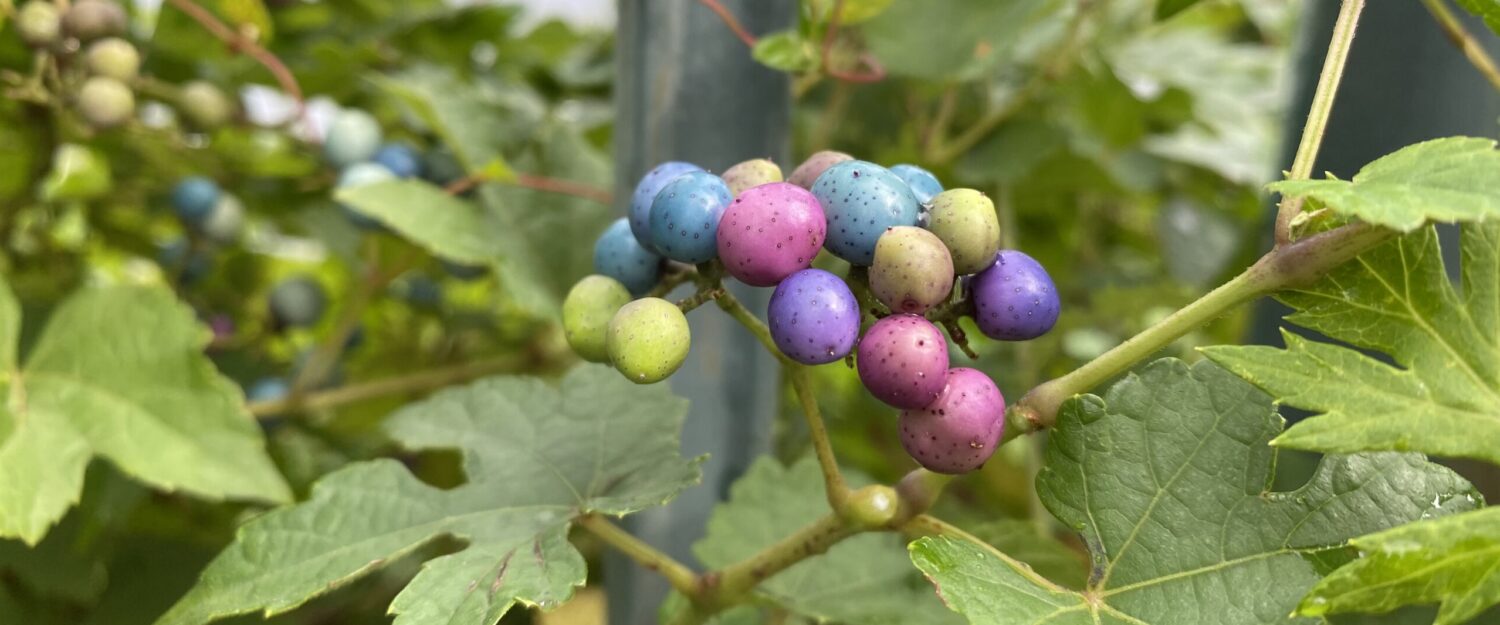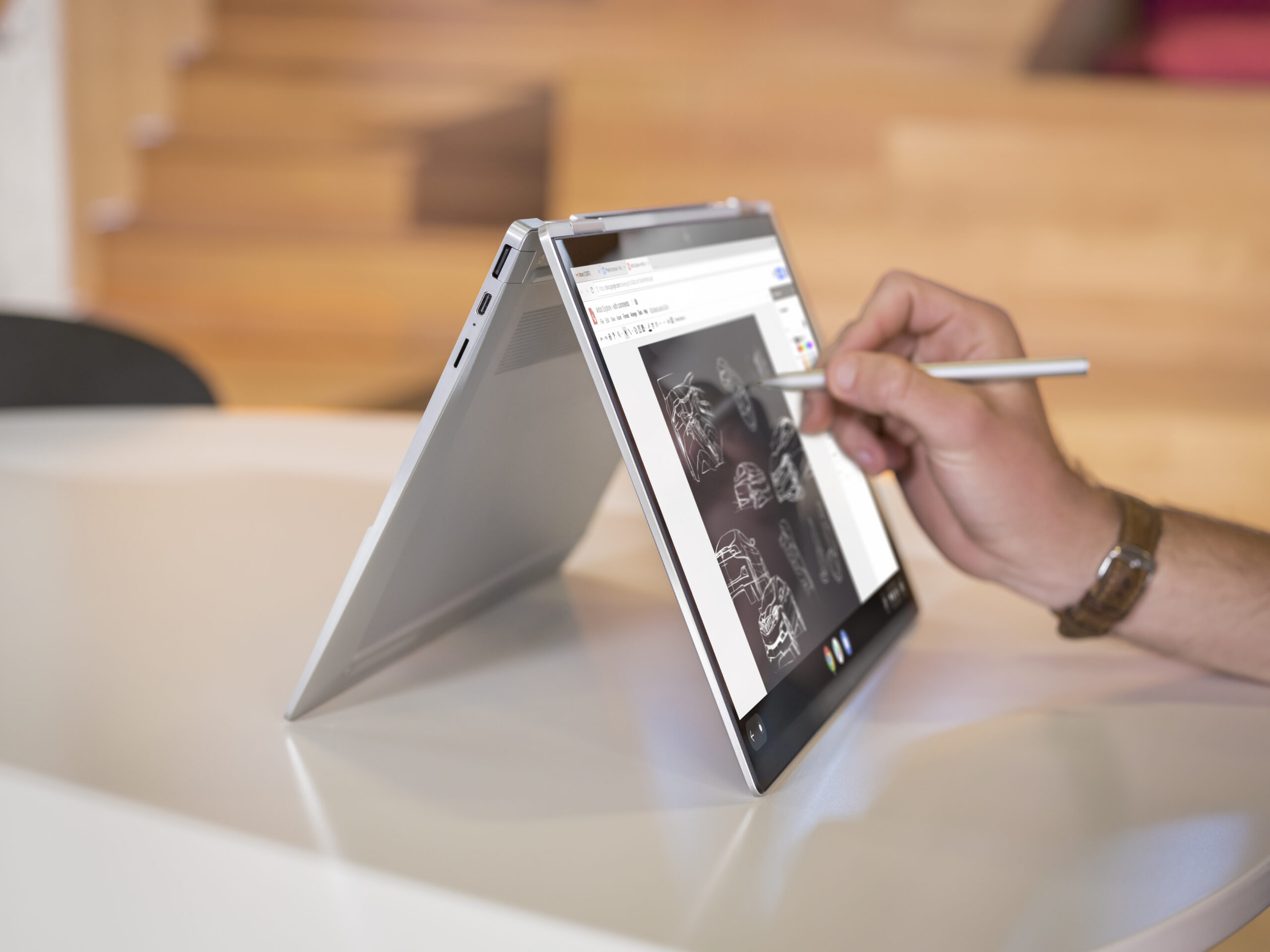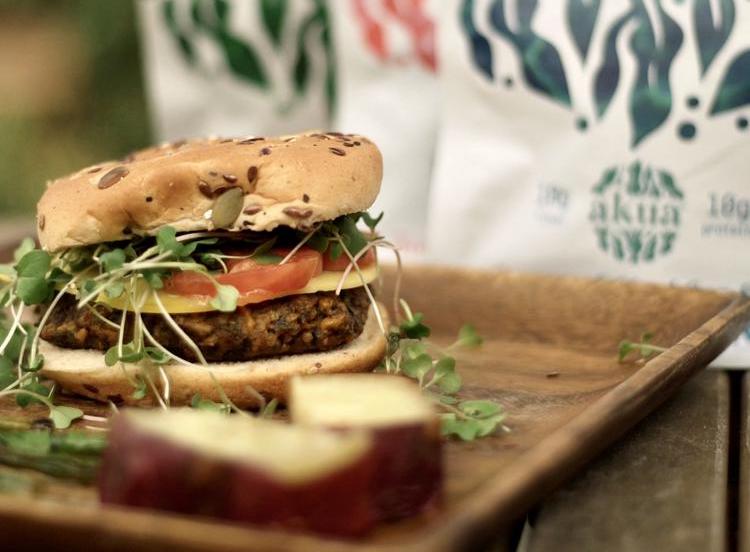Many, many, many big companies have made commitments to reducing the flow of plastics into the oceans. HP Inc. is now using materials have been recovered through its four-year-old initiative in Haiti in at least four different product line. It’s only a teeny-tiny bit, but still.
The latest entry is the HP Chromebook Elite c1030 Chromebook Enterprise. The device, which boasts a 13.5-inch display with a 90.1 percent screen-to-body ratio, includes a built-in privacy screen so that people sitting next to you can’t see what’s on your screen. (It’s a feature that’s handy on planes, which isn’t something most of us will need right away.)
From my perspective, though, what makes this particular gadget intriguing is that its top lid is made of 75 percent recycled aluminum, the keyboard includes 50 percent recycled plastic and the speakers are made from plastics that were “ocean bound.” (That’s the term that HP and other companies use to talk about stuff that’s intercepted before it actually makes its way all the way to the waves.)
The Chromebook won’t actually be available until August, and its price hasn’t been disclosed, but it marks another addition to HP’s long list of products listed on the EPEAT registry maintained by the Green Electronics Council. The list is used heavily by government agencies and corporate buyers to guide decisions about the energy efficiency and materials make up of things like computers, mobile phones and imaging equipment. But it’s also a handy ecolabel for individual consumers to consult.
According to Ellen Jackowski, global head of sustainability strategy and innovation at HP, the company has more Gold-level products on that list than any other company (38) and it also has close to 270 Silver ratings.
“In the world of ocean plastics, there are a lot of claims,” she says.
So how can we believe HP? Aside from EPEAT, HP is working closing with UL to verify the whole ocean plastics claim. In mid-April it received an official validation for five of the resins it’s using — the first company to earn that designation. Aside from the new Chromebook, the resins are in the HP Elite Dragonfly PC, the HP EliteDisplay E273d display, and the HP ZBook Create and ZBook Studio workstations. It originally started out by putting them into its ink cartridges.
Where does HP get this stuff? So far, it has “upcycled” more than 1 million pounds of ocean-bound plastic in Haiti, roughly 35 million plastic bottles. For perspective, HP has used close to 200 million pounds of recycled plastic in its products since 2000. The nuance here — and the aim — is to keep plastic from getting into the ocean, where it has become a highly visible reminder to consumers of how one person’s bad habits can really add up.
HP’s partner is First Mile Coalition, which is using the program to create local jobs and also to fund better access to childhood education. Last April, HP announced plans to invest $2 million in a new plastic washing line to help the country expand its local recycling capabilities and potentially create 1,000 new jobs.
So far, that’s the only place where HP collects oceanbound plastics. But when I spoke with Jackowski last month, she mentioned the company is studying regional initiatives in Indonesia as a potential next step. In addition, part of its work with UL is intended to help other companies launch similar initiatives.
So, who’s next?



